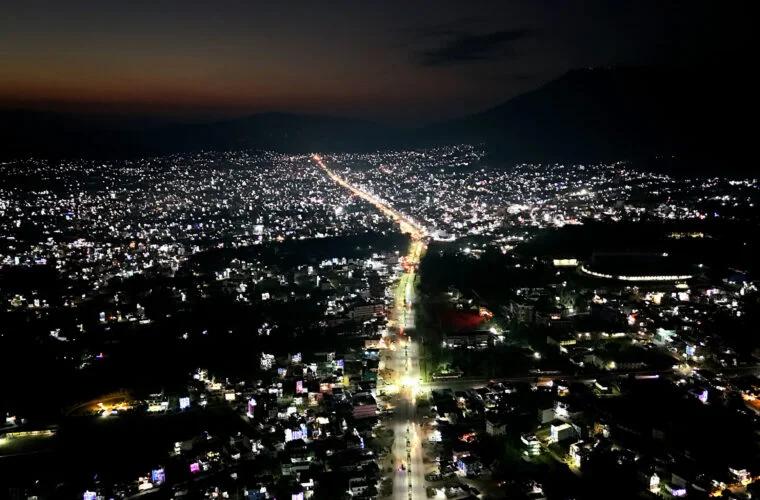Electricity Demand Reaches 1,650 MW on Laxmi Puja; Nepal Exports 1,015 MW Power
Author
NEPSE TRADING

Kathmandu — According to the Nepal Electricity Authority (NEA), the total national electricity demand on the evening of Laxmi Puja (Monday) reached 1,650 megawatts (MW). On the same day, Nepal successfully exported 1,015 MW of electricity to neighboring countries.
The NEA reported that on Laxmi Puja last year, the total electricity demand across the country was 1,602 MW. This year, the demand rose by 48 MW, indicating a steady growth in power consumption during festive periods. Nepal currently exports electricity to India and Bangladesh, contributing significantly to the nation’s foreign exchange earnings and regional energy cooperation.
On the occasion of Laxmi Puja, Minister for Energy, Water Resources, and Irrigation, Kulman Ghising, led a team to monitor the country’s electricity demand and supply management. On Monday night, Minister Ghising visited the NEA’s central control room at Syuchatar Transmission Center and received updates on real-time power generation and distribution across the country.
The inspection team included Energy Secretary Chiranjeevi Chataut, Electricity Regulatory Commission Chairman Ram Prasad Dhital, senior officials from the ministry, the Department of Electricity Development, and NEA’s executive and deputy executive directors.
The NEA stated that, as in previous years, Nepal successfully managed to ensure an uninterrupted power supply nationwide during Laxmi Puja. The authority had placed all distribution centers, power plant heads, and technical staff on high alert to prevent any power disruptions during the festival. This ensured that households across the country celebrated the festival of lights without any power outages.
It is worth recalling that after Kulman Ghising was appointed Executive Director of NEA in August 2016 (Bhadra 2073), his leadership brought a historic turnaround in Nepal’s power supply system. On Laxmi Puja that same year, NEA began a pilot initiative to end load-shedding (power cuts) in the Kathmandu Valley, which eventually expanded nationwide.



